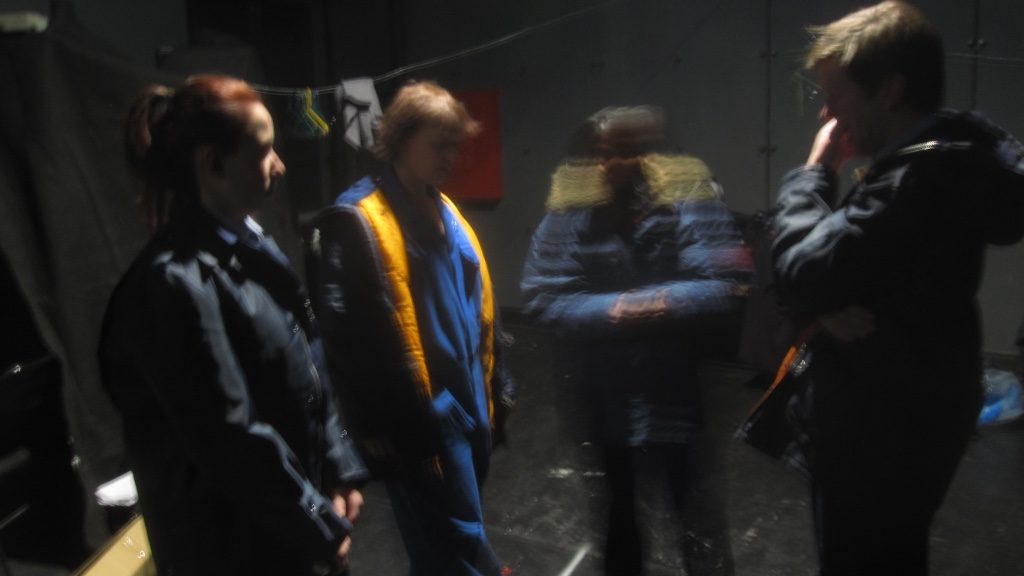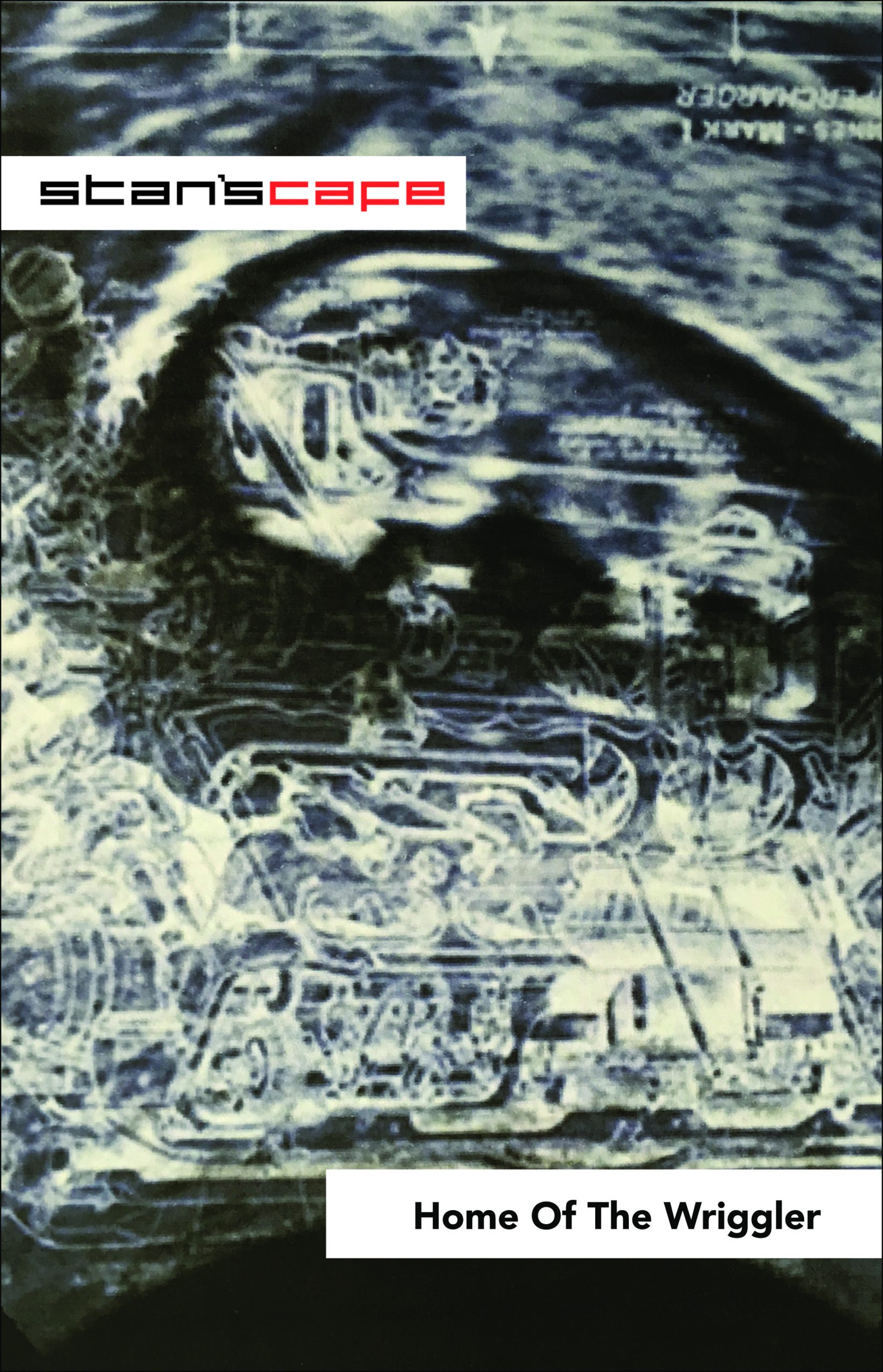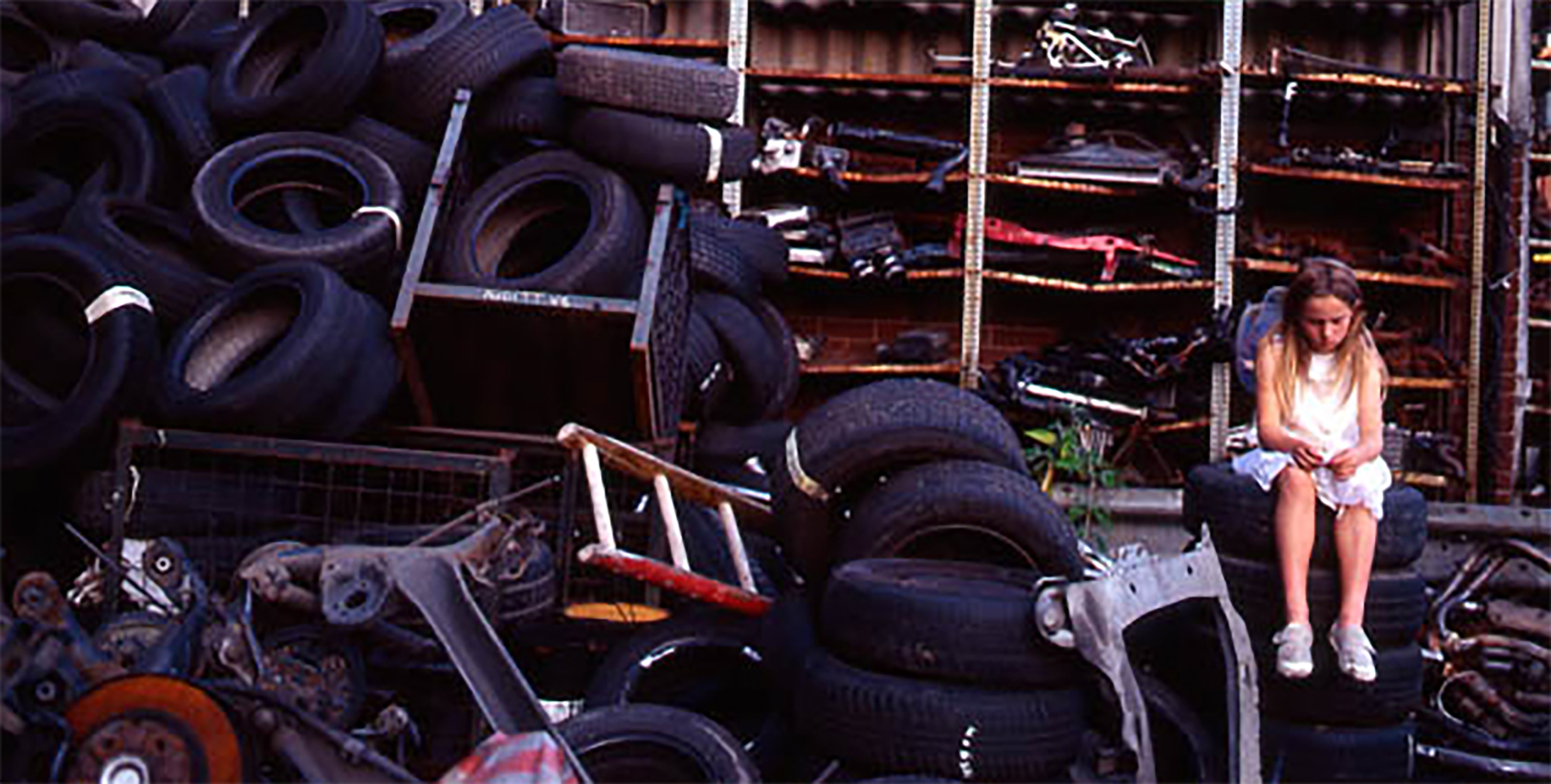
Prior to Home of the Wriggler.visiting Beijing in November 2010 a list of questions was sent through to the show’s directorJames Yarker by the venue for the local media.
Birmingham, 15th October, 2010.
1. Is it a comedy?Home of the Wriggler is not a comedy, as its main intention is not to make people laugh. However there are plenty of jokes within the show. Most Stan’s Cafe shows have jokes in them somewhere.
2. Does the play express the concern of small potatoes? Have you and performers been to factories for deep investigation, and what was it like? How did you feel about the event and people you meet?Home of the Wriggler is interested in the ‘supporting cast’ of the great industrial stories. People who get described as ‘the workers’ rather than having individual names. One thread of the story is about a team in the factory kitchen preparing a meal for their new boss. We are more interested in the kitchen staff than the boss. We also consider the car plant as just one part of a bigger story.
We only visited the Longbridge factory once. Everyone was friendly. Our greatest surprise was how amazingly clean everything was. It was a powerful emotional experience watching all these people working together. We started to think about the car which came off the production line as embodying as a symbol of their teamwork.
3. Why was background of the play set in future?
By setting the play in the future we allow our characters to have superhuman knowledge. We can also point out absurdities in our current position and obsessions from an alternative perspective. We were also interested in talking about the inheritance our current generation is leaving for future generations so it is helpful having our performers living in this bleak future place.
4. With more than 10 stories developing simultaneously, would that be too much for audiences?
People often talk about “The Story of Rover Cars’ but in truth there is no one story. There are at least as many stories as there were people involved. No one person could ever know all these stories so we have designed Home of the Wriggler so no-one can link all the stories up in one sitting. Different people will hook into some stories and not others, this is natural, there are more than enough to go around and the show is designed to be enjoyable in this way.
5. What part of the production are you mostly satisfied with?
I’m satisfied at how the various elements of the show come together, the design, the writing and the performance. I loved writing the piece and am proud that there have been calls for it to be published as a ‘social document’, a record of those times and people.
6. What do you expect to bring to audience by telling them the sad as well as happy stories of the characters?
In some ways the show is about relishing life and although there are sad passages in many of the stories, these moments are usually balanced by hope. The show looks to find the beautiful in the everyday. Although the car plant closed down most people moved on and found other things to do. The big story may sound sad but if you look at the little stories most of them are going well when we leave them.
7. What do you think about social reform and small potatoes in the circumstances?
I think that those who lack power, influence and money usually pay for the mistakes of those who do have these things. In Britain now this is precisely what is happening with our financial troubles. This show looks to value things that are beyond money. If we lose these things to save money then we lose our humanity. I admire those nations in which those without individual power can gather together to gain influence. In Britain at the moment I feel we are too passive.
8. How was your cooperation with the performers? Anything interesting happened?
The performers work wonderfully together. The dialogue is spread very evenly amongst the cast and in making the show these lines have been re-distributed so many times the actors found their trouble wasn’t remembering the lines, but remembering who says which lines. They all know each other’s parts and will occasionally try to perform them. The show has been recast a little for Beijing so that will be an extra challenge.
9. What is the stage designing like? What’s your idea on it? Are there any meaningful designing or details in the play? Are you worried when performing in another country like China, audiences may ignore or don’t understand these?
The Chinese audience will understand the stage design very well. They will immediately see the work required by the actors to power the generators that make the electricity to light the sage. They will recognize that the materials used are all recycled/scavenged waste sites and that the show is set in a factory. The set’s backdrop sums up the show’s central message. It is a diagram picturing part of a car’s engine. It shows how all the parts fit together but all the names of these parts have been replaced by names of character from the show.


































